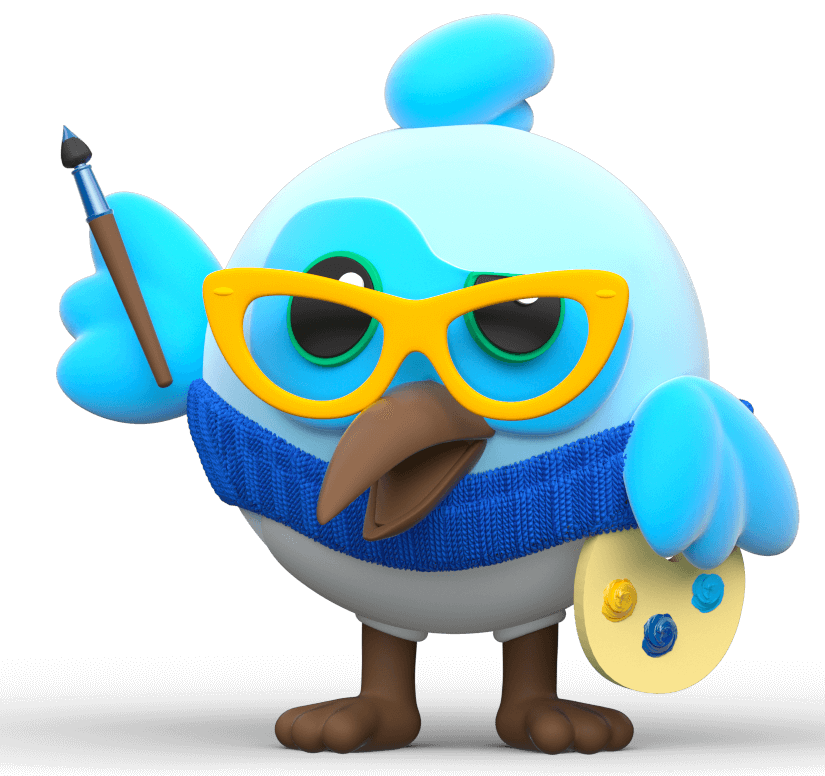Introduction
In the digital age, design is not just embellishment; it has become an interactive dialogue between the application and the user.
In this space, Flutter emerges as a revolution, redefining not only what is possible but also what should be expected in the realm of user interface design.
Offering an almost blank canvas to designers, Flutter provides the freedom to create unprecedented user experiences with ease and flexibility like never before. With its array of features and superior performance, this framework is changing how designers, developers, and end-users perceive applications.
This introduction sets the stage for a complete and detailed exploration of Flutter's almost magical ability to break down traditional barriers in application design.
Widgets: The Flexible Foundations of Design in Flutter
Scope of Modularity:
Imagine a world where each element of your user interface can be adapted, altered, and transformed as you please.
This is the paradigm of widgets in Flutter.
Each widget is an independent module that can be nested, coupled, or layered to create a complex user interface.
This modular approach removes conventional barriers, allowing designers to rearrange UI elements as they see fit.
Extreme Customization:
While other platforms might allow for superficial adjustments, Flutter hands you the keys to the kingdom.
You can not only change a widget's appearance but also its behavior and interactions.
You can create buttons that perform complex animation sequences, transition screens that dynamically change based on user actions, or even UI elements that evolve based on real-time data.
A Rich Starting Point:
Even if total freedom may seem overwhelming, Flutter also provides you with a vast library of ready-to-use widgets.
These elements follow well-established design guidelines like Material Design and Cupertino, giving you the opportunity to create quality applications quickly.
However, it's important to note that these ready-to-use widgets are not black boxes; they can be broken down and customized as you please, offering a strong foundation for bolder design explorations.
Platform Independence: Consistent Design, No Matter the Ecosystem
One Design, All Platforms:
One of the biggest challenges in application development is the need to maintain multiple codebases for different operating systems.
Flutter eliminates this problem.
Thanks to its independent rendering engine, it allows for unified design across all platforms. This is not just a convenience; it's a revolution.
It means your brand and your message remain consistent, irrespective of the device used to access the application.
Breaking Imposed Boundaries:
Traditionally, design and interaction capabilities were often limited by the native features provided by the operating system.
Flutter changes the game.
Even if a feature is not natively supported by the OS, you can create it in Flutter.
You are not limited by changes or updates to the operating system, offering long-term stability and consistency to your applications.
Freedom of Creativity:
Flutter provides designers with unmatched creative freedom.
Free from the constraints normally imposed by operating systems or specific devices, designers can truly let their imagination run wild.
Complex animations, innovative transitions, revolutionary user interactions—everything is possible. It's not just about what you can do, but what you can imagine.
Animations, Transitions, and Beyond: Imagination is Your Only Limit
Flexible and Fluid Animations:
In terms of user engagement, animations play a crucial role.
Flutter offers an extremely flexible and performant animation framework that enables complex animations at 60 frames per second.
You can create animations that not only enchant users but also guide them through the application flow in an intuitive manner.
Transitions and Micro-Interactions:
With Flutter, you can do much more than just animations.
Transitions between different parts of the application can be customized to create a coherent story.
Micro-interactions, those small but powerful elements that add polish and responsiveness to the application, are also easy to implement and can be made as simple or as complex as required.
Operating System Independence:
Usually, animations and transitions are tied to the capabilities of the operating system.
Not with Flutter.
As it does not depend on the operating system's widgets, the animations and transitions you create will be consistent across all devices.
You don't have to worry about how different operating systems handle animations, giving you more time and freedom to focus on creating an exceptional user experience.
Conclusion: Flutteris — Setting New Standards in Application Design
Flutter is more than just a framework or a collection of features; it's a complete platform that enables designers and developers to push the boundaries of what's possible in application design. With its flexibility, design freedom, and exceptional performance, it is truly setting a new standard for user experience.
At Flutteris, we embody this revolution in every project we undertake.
We leverage Flutter to break boundaries, whether it's by creating custom widgets that intelligently respond to user interactions, crafting captivating animations that completely transform the user experience, or ensuring a strong and consistent visual identity across all platforms and devices.
By implementing designs that were previously unimaginable, and doing it with unmatched speed and efficiency, Flutteris is genuinely your partner of choice for creating applications that will set the standards of tomorrow.
